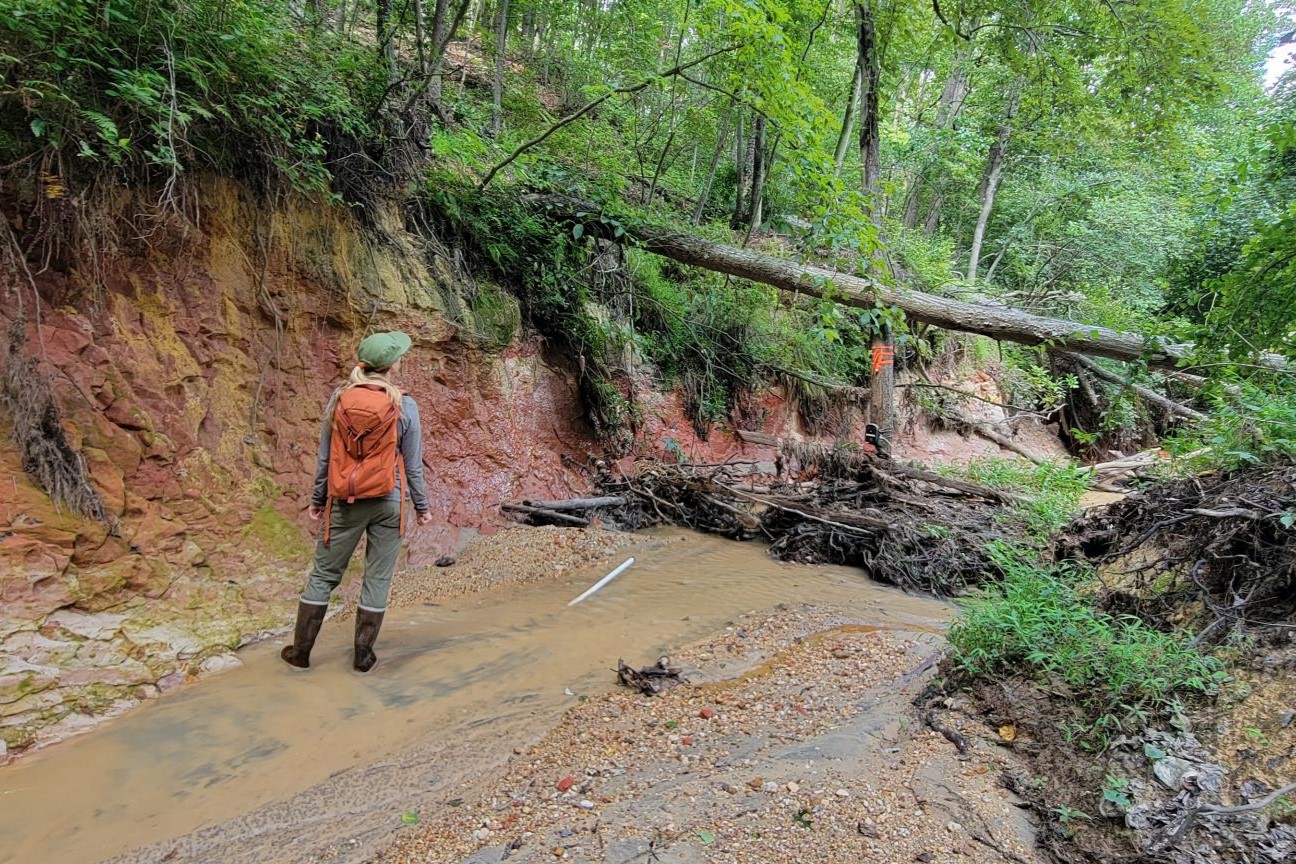
Our Projects
Resilient and Healthy Ecosystems
-
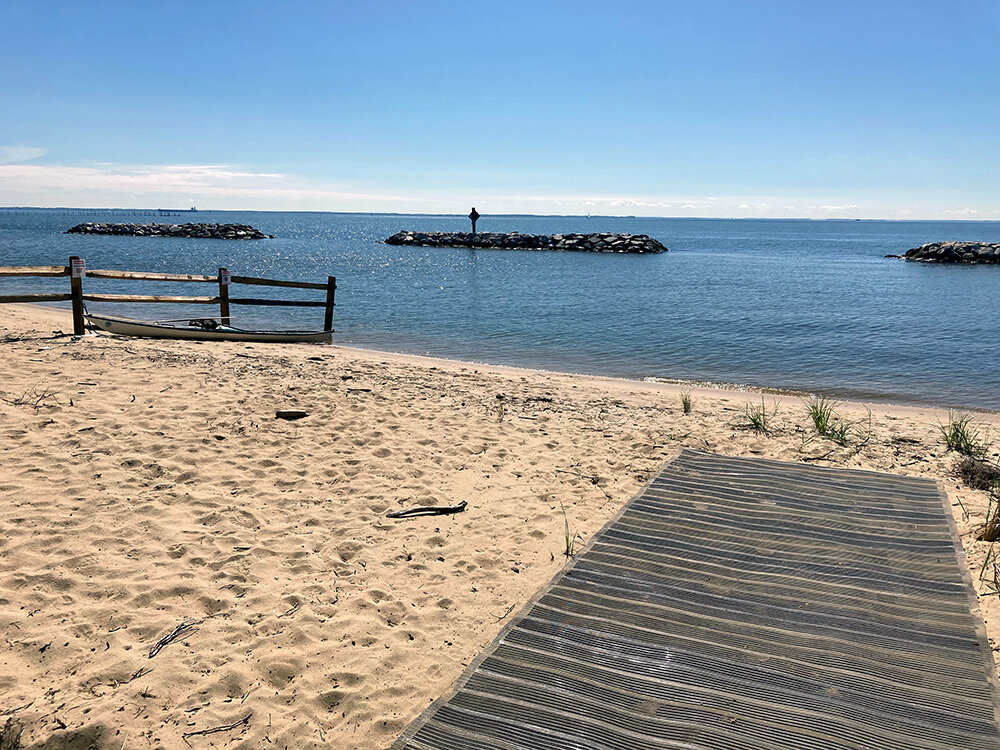
Beverly-Triton Beach and Nature Park
Design and construct shoreline restoration and improvements within the 342 acre Beverly-Triton Nature Park necessary to prevent the loss of the County’s investment in waterfront property.
View Project: Beverly-Triton Beach and Nature Park -
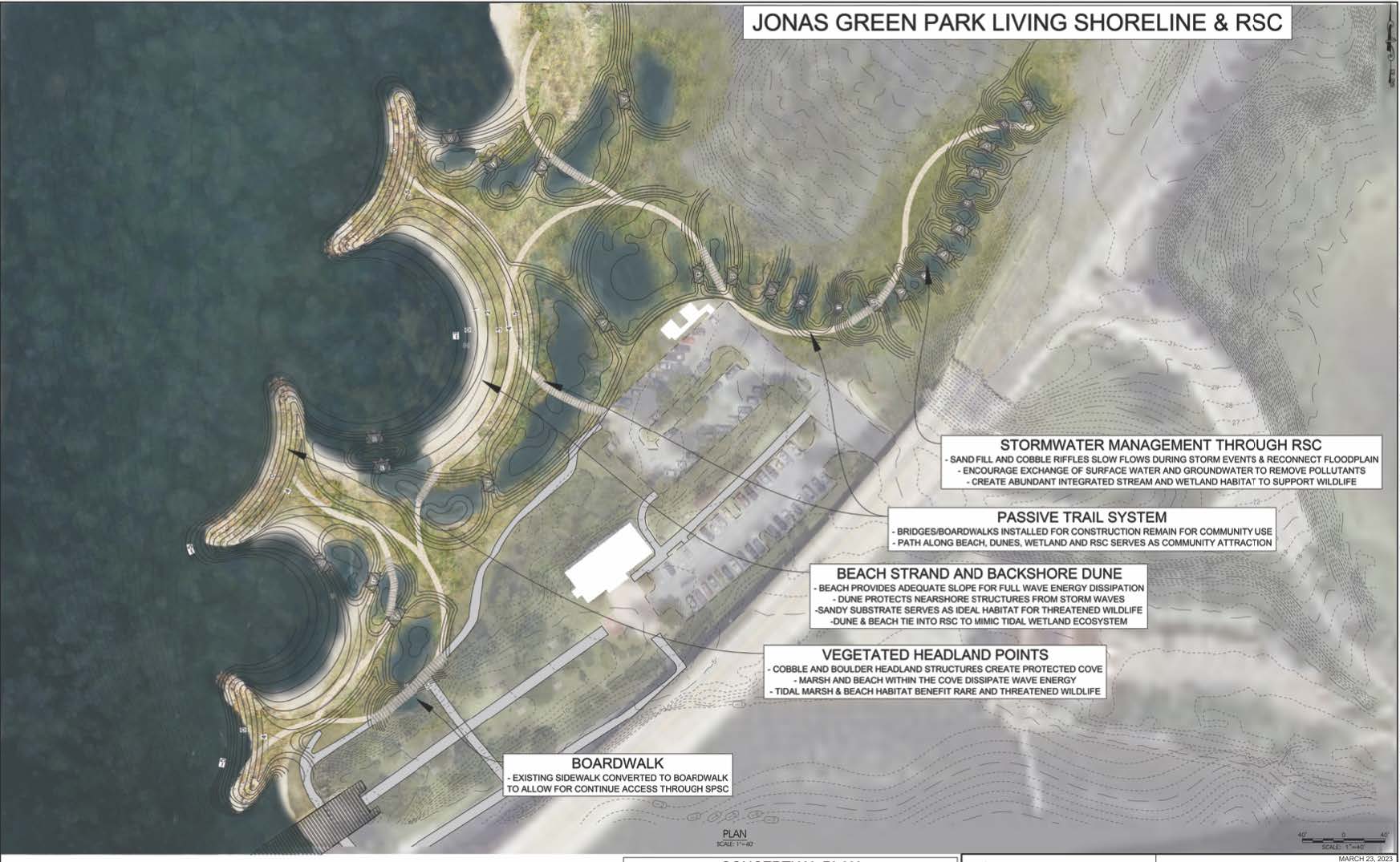
Jonas Green Coastal Resilience Project
This innovative project seeks to build up the park’s resiliency to erosion and other climate and weather-related impacts.
View Project: Jonas Green Coastal Resilience Project -
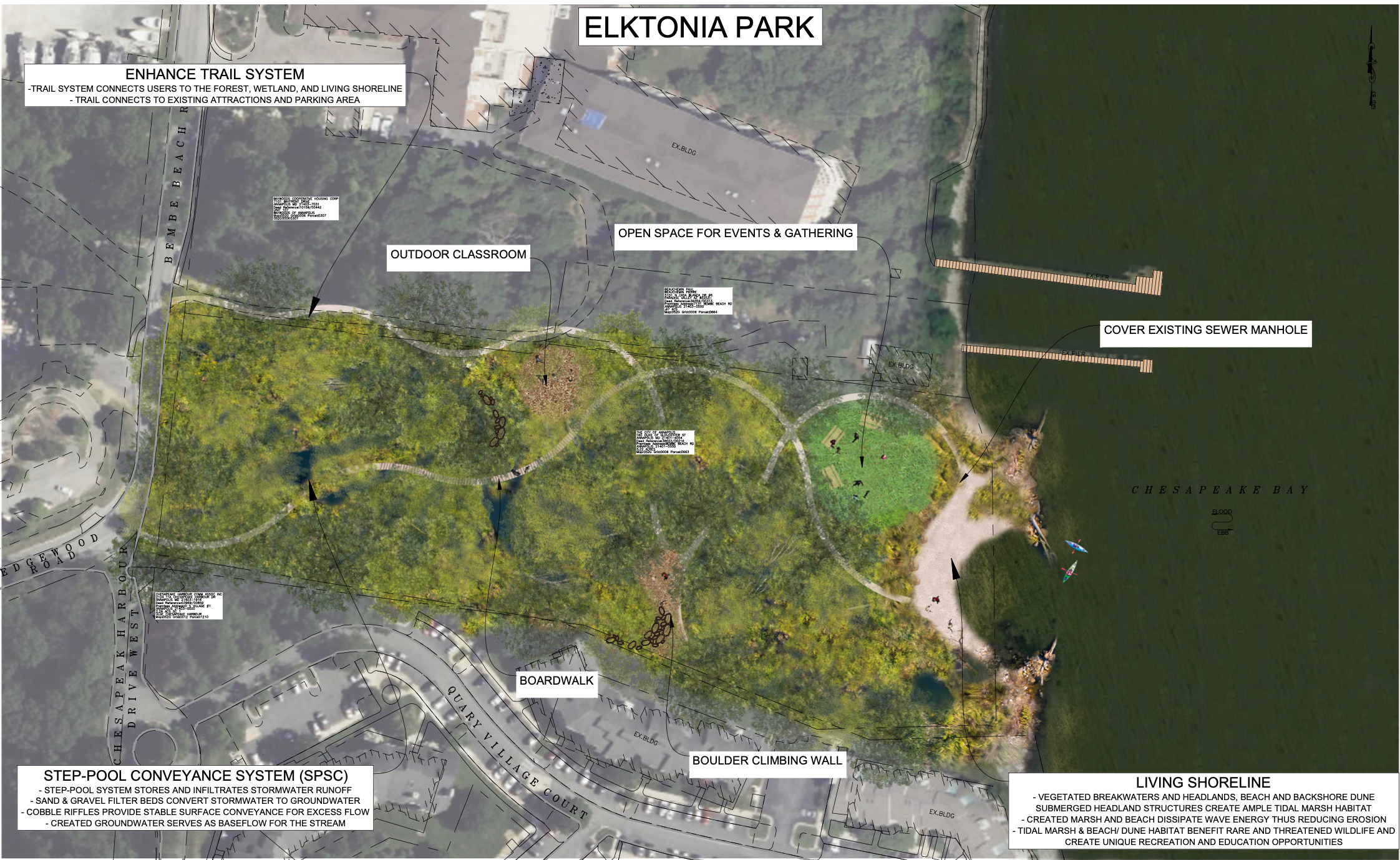
Carr’s/Elktonia Beach Coastal Restoration and Master Plan
When completed, the 5.17-acre property would provide stormwater management, opportunities for walking paths and public water access where public water access is currently limited.
View Project: Carr’s/Elktonia Beach Coastal Restoration and Master Plan -
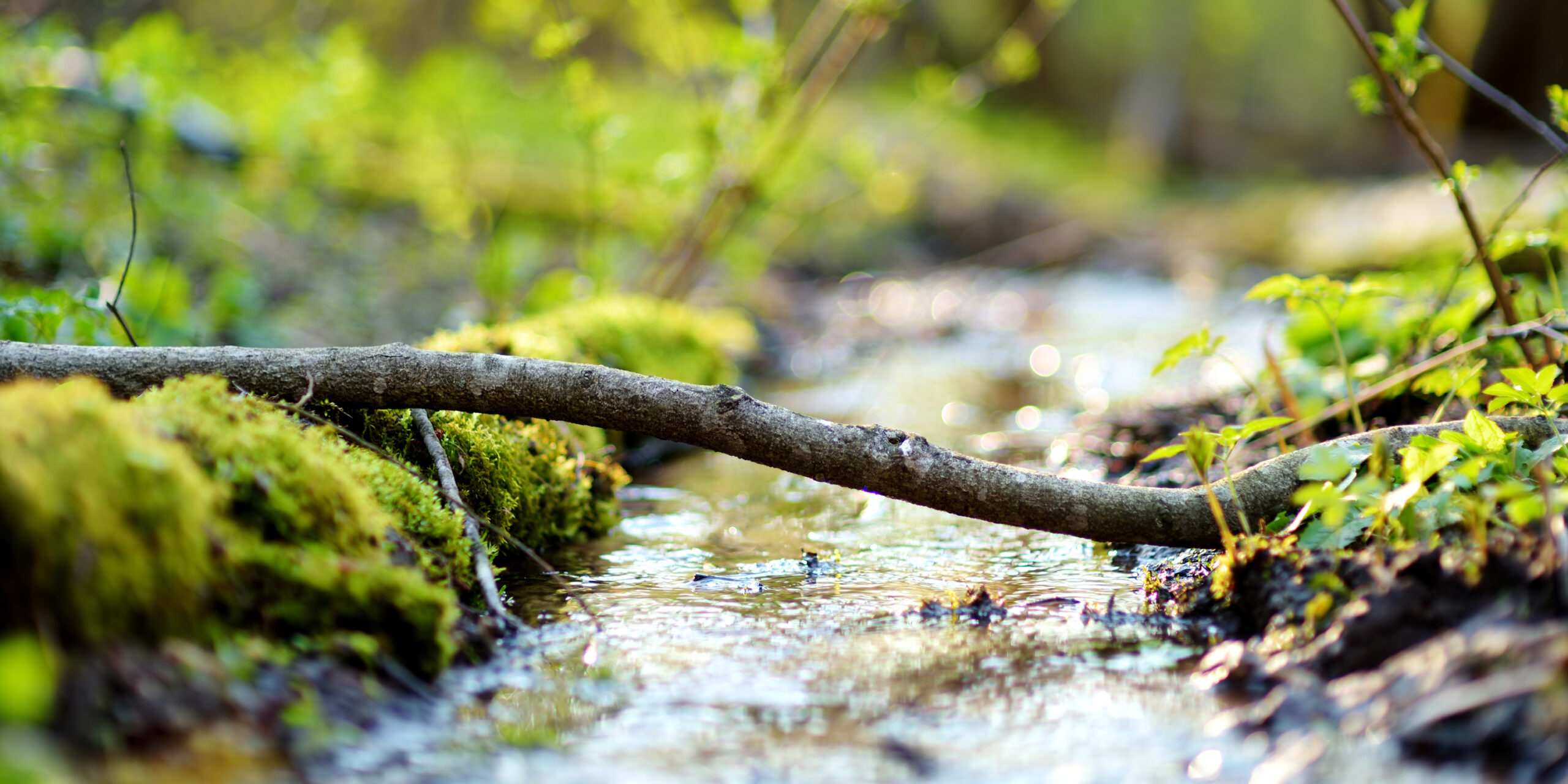
Jabez Branch Floodplain Restoration
The project, located in Reach III of the Jabez Branch, addresses a significant erosion and pollution problem by filling the deeply incised channel — 10 feet deep or more in places — with native sands, gravel and wood chips to connect it with its floodplain. A series of riffles and pools have been created in the channel to slow the flow and help withstand big storms. 2.6 acres of wetlands enhanced and 2.7 acres restored bordering the stream.
View Project: Jabez Branch Floodplain Restoration
Resilient Infrastructure & Communities
-
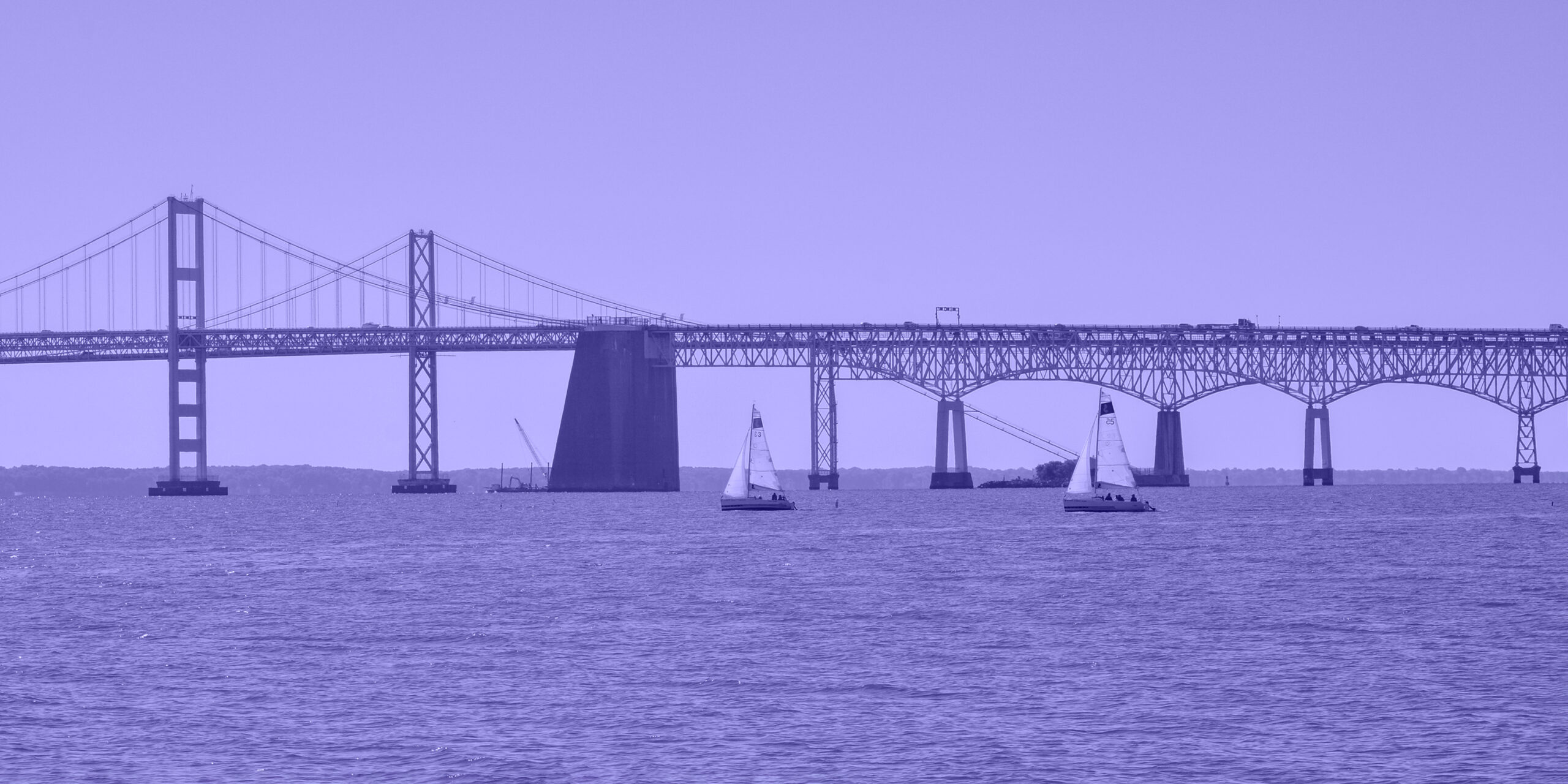
Sea Level Rise Sensors
This water level monitoring project, unveiled as the Maryland Hydronet, will bring better monitoring and data collection to help protect coastal communities from the impacts of flooding. The new water level sensors, grant-funded through the University of Maryland, will be part of a larger resilience strategy in places around the county. The data collected will track and measure flooding to inform emergency management on broad resilience strategies.
View Project: Sea Level Rise Sensors -

Fort Meade MIRR
A joint project with the Department of Defense, this initiative will result in a Resilience Action Plan with recommended resilience actions and prioritized projects, together with recommended funding sources that focus on shared critical infrastructure, programs, and services. Projects may include energy, water and wastewater, stormwater conveyance, transportation and emergency evacuation, communication networks, health services, community housing, schools, and daycare centers.
View Project: Fort Meade MIRR -

Galesville Community Resilience Initiative
This community-led ecological restoration project that would: (a) connect at-risk shoreline points via a shrub, vegetation, and boulder stormwater filtration system; (b) add shoreline to protect against flooding; (c) install green stormwater management infrastructure to protect Galesville’s Main Street Corridor and the Ebenezer African Methodist Episcopal Church and its adjacent cemetery; and (d) develop a walkway that facilitates waterfront access for all. A Master Plan will integrate existing stormwater infrastructure with new treatment practices, such as decentralized bio-retention and bio swales well-suited for integration into the Main Street corridor, helping to address runoff discharge. A living shoreline with sand and nature-based beach features will help deter flooding. Reduced sedimentation will create more suitable habitat for oysters and submerged aquatic vegetation and highly valuable nursery and foraging grounds for key Chesapeake species.
View Project: Galesville Community Resilience Initiative -

South County Resilience Initiative
Enhancing the coastal resilience and environmental benefits for the South County shoreline through beneficial use of dredged material from South County channels. Furthermore, it is anticipated that construction of the sites will result in an approximate 25 percent cost savings over the traditional method of dredged material placement. These concepts will preserve upland DMP Site capacity while reducing overall dredging program cost.
View Project: South County Resilience Initiative -

The Annapolis Maritime Resilience Initiative (AMRI)
This nature-based resilience pilot demonstrates community scale strategies to enhance resilience synthesizing various resilience and climate science efforts. In addition to helping Annapolis Maritime District build environmental, economic, and social resilience in the face of climate change, this pilot seeks to demonstrate that resilience strategies, if done at the community scale, can provide more collective protection than when they are done randomly or ad hoc.
View Project: The Annapolis Maritime Resilience Initiative (AMRI) -
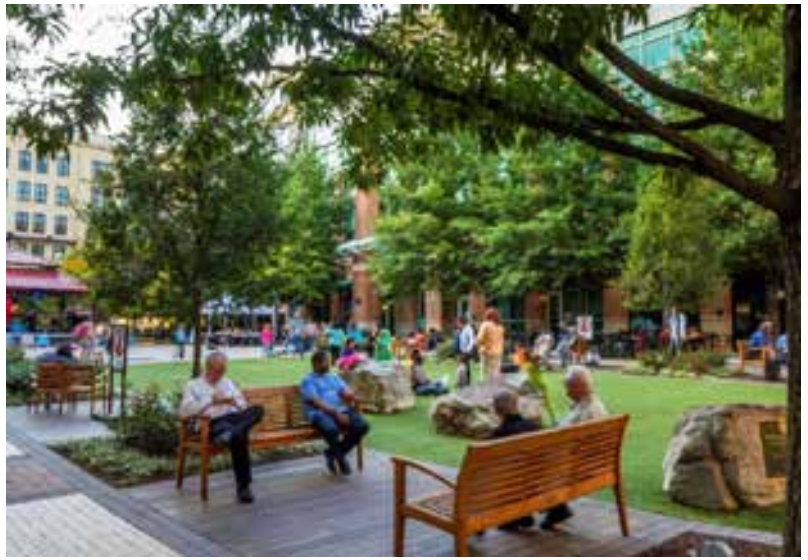
Glen Burnie Town Center Urban Resilience Project
This project entails the development of a Community Engagement and Collaborative Governance Plan, as well as a Community Strength Plan, which will become a part of the Resilience Authority’s application for an EPA Community Change Grant to redevelop this space to increase its resilience.
View Project: Glen Burnie Town Center Urban Resilience Project -
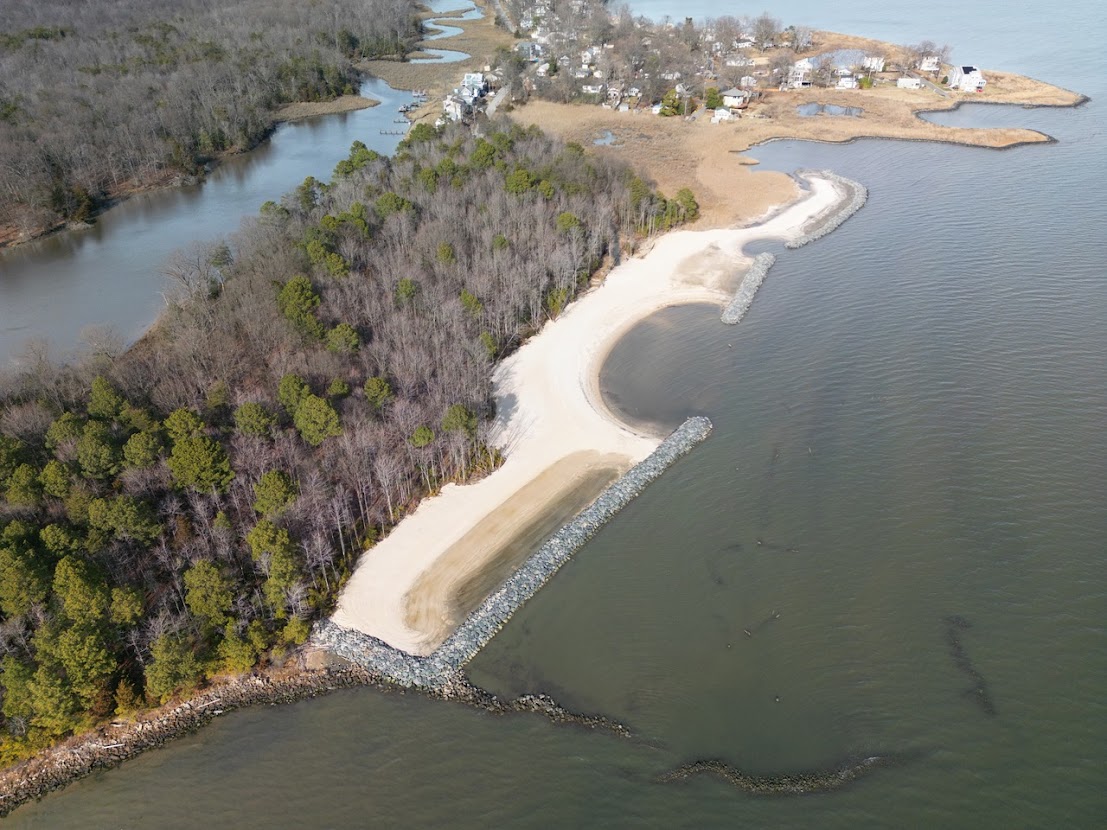
Columbia Beach Community Flooding
This project implements a comprehensive, sustainable, and environmentally resilient upgrade of the stormwater conveyance system in the historically Black community of Columbia Beach, Maryland, and provides a mitigation model suitable for similar communities. The project prioritizes efficient mechanisms to remove stormwater from roads and community property, transfer stormwater and runoff to new or existing holding/infiltration devices, and improve water quality before discharge into the Chesapeake Bay.
View Project: Columbia Beach Community Flooding -
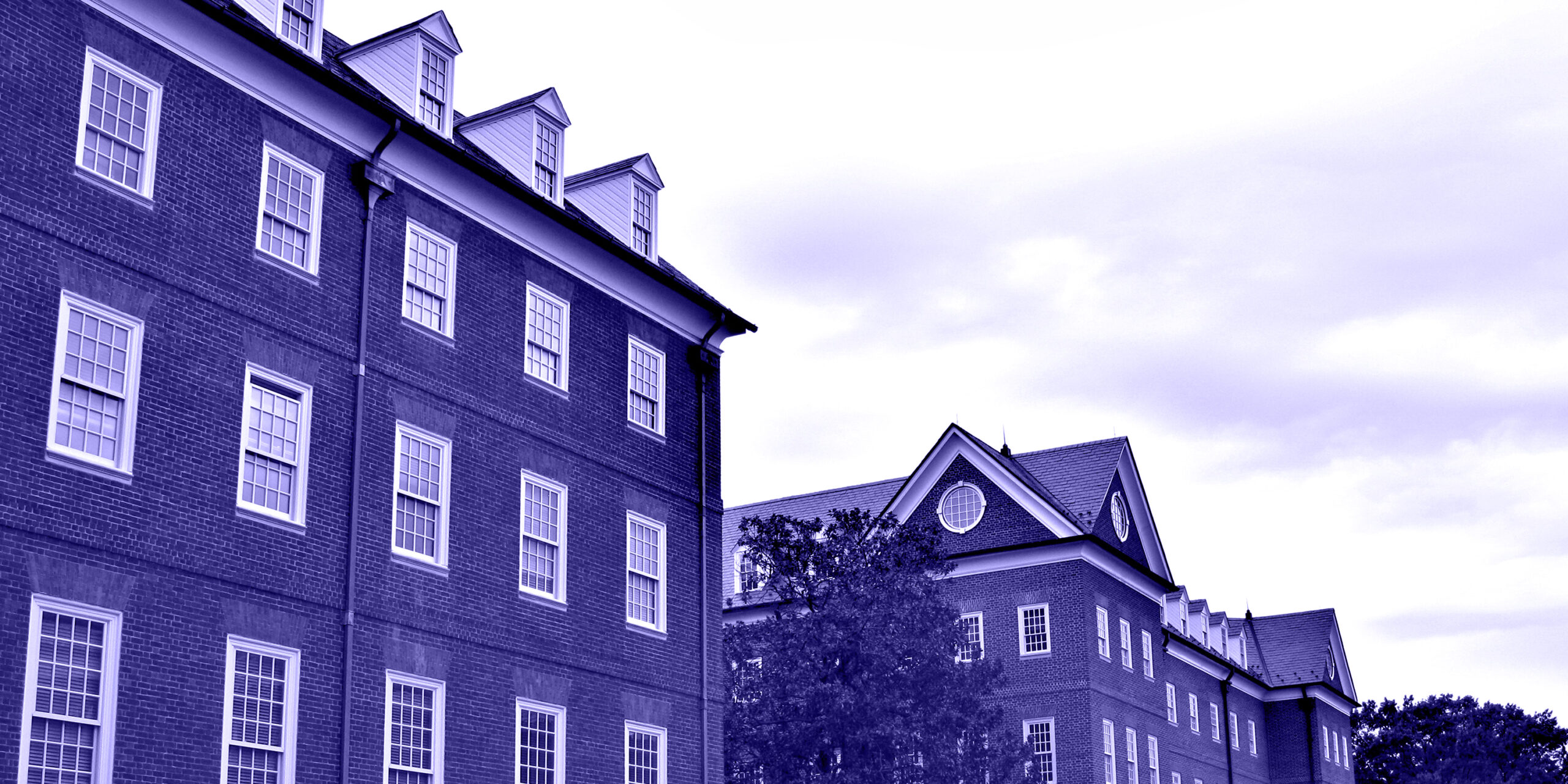
Resilient and Efficient Codes Implementation
The project will produce a model code and pilot for building and energy performance standards throughout the region.
View Project: Resilient and Efficient Codes Implementation -
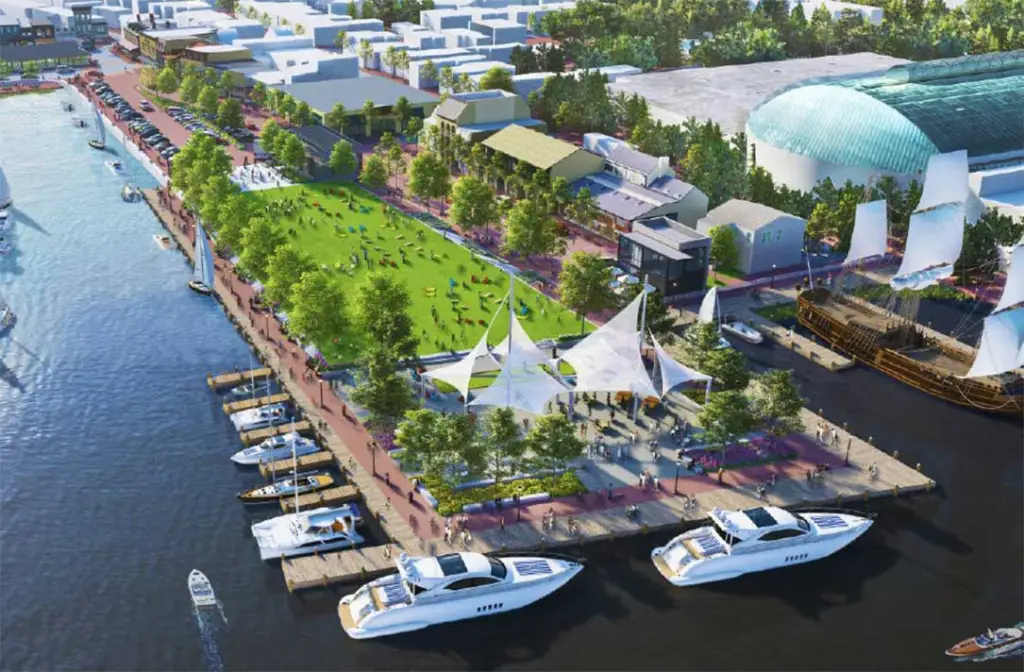
Annapolis City Dock
Protecting the City Dock against sea-level rise and flooding is essential for advancing the City’s economy and safeguarding the City’s cultural and historical heritage. The project’s resiliency solutions will help transform the City Dock area into a vibrant community space with shaded gathering spaces, a splash pad, a raised promenade, and eating areas. The project is being developed as a Progressive Public-Private Partnership.
View Project: Annapolis City Dock -
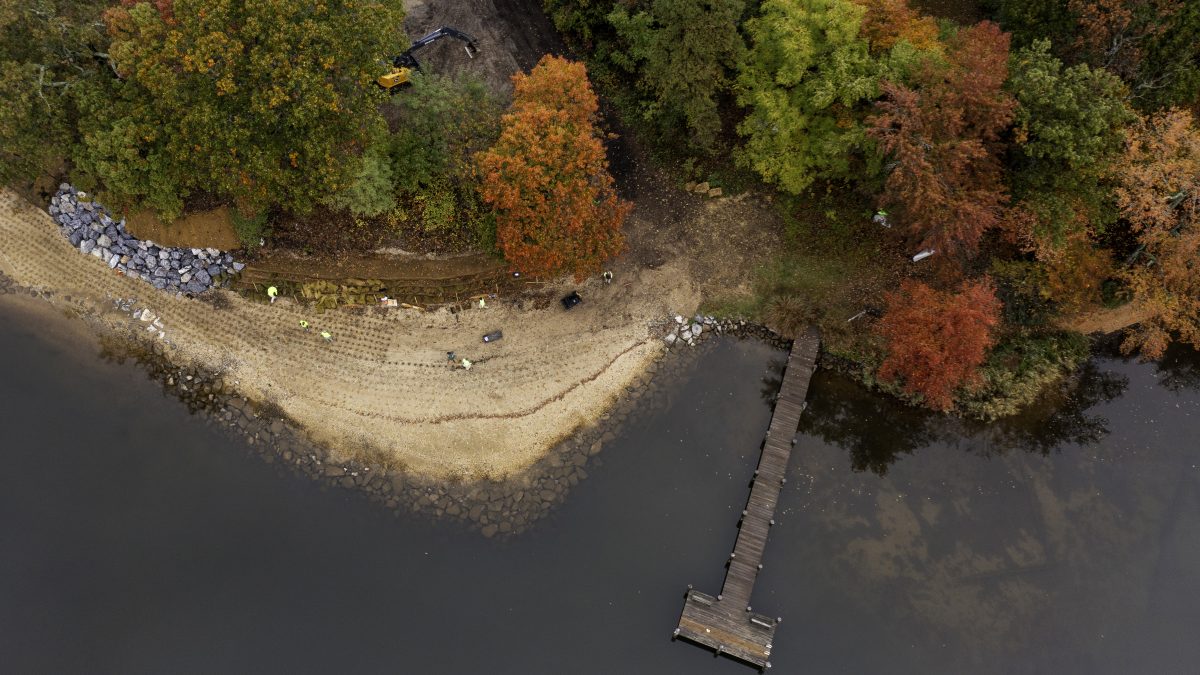
Chestnut Cove Hill Flood Restoration
The project seeks to harness nature to reduce risk by restoring the final 558 LF of coastal stream (connecting a total of 1,700 LF of restored stream) and 340 lf of stormwater gully, reconnecting the stream to the floodplain, and linking the upstream emergency repair to the shoreline restoration.
View Project: Chestnut Cove Hill Flood Restoration
Renewable Energy and Greenhouse Gas Reduction
-
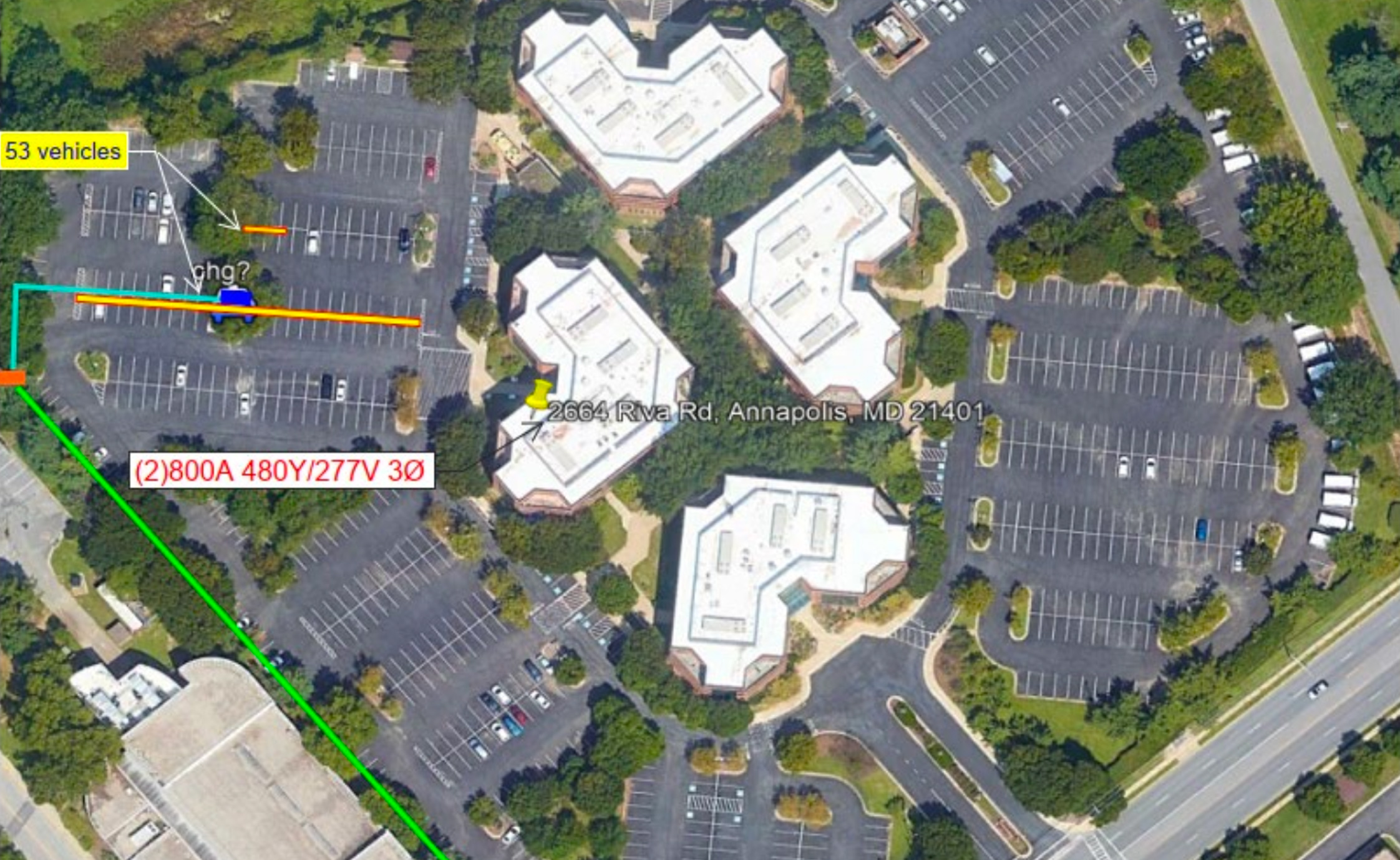
Anne Arundel County Electric Vehicle Infrastructure Project
This project plans to install Electric Vehicle Charging Stations and services including but not limited to: furnish and install charging stations, electrical services, transformers, utility poles, panels, breakers, disconnects, conduit, conductors, concrete pads and footings, mounting hardware, safety bollards, new pavement, sidewalk replacement, curbs and landscaping. Wired/wireless network capability.
View Project: Anne Arundel County Electric Vehicle Infrastructure Project